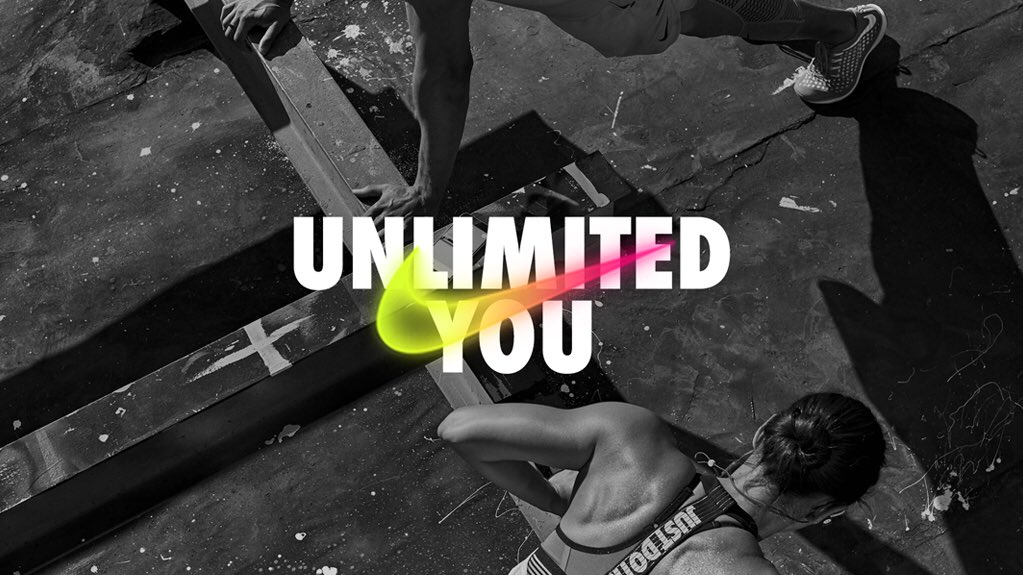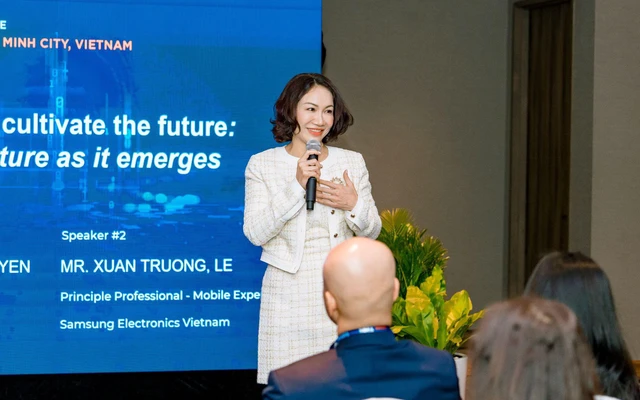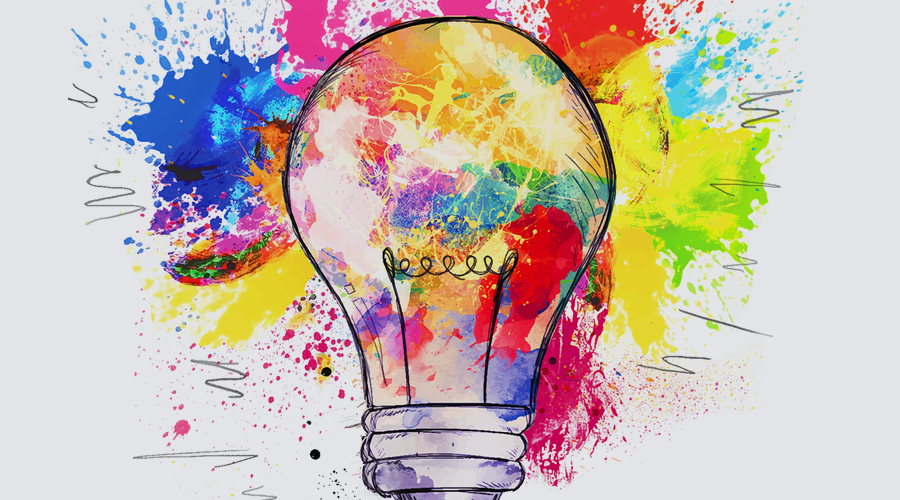How Brands Can Effectively Engage Young Consumers
- share
- copy link
Summary
- Discusses key characteristics that can help marketers prioritise strategies to bond with the up-and-coming consumer generations and outlines case studies from across the world of brands that are successfully connecting with NextGen consumers.
- Catering to short attention spans with multi-screens and snackable content is key amongst young people as they are hyper-connected, so their attention needs to be captured on multiple channels.
- Young people watch over-the-top (OTT) content rather than waiting for it to air in their own region and are used to immediacy, so making their lives easier through life hacks and tutorials is a good way to connect with them.
- Participation, co-creation and self-expression are important and so is tapping into their entrepreneurial spirit, as this generation want to be expressive and have a good work/life balance.
- Young people want a better society and strive for social equality as most have been exposed to conversations about race, gender and sexual orientation, which means equality is non-negotiable.
In a global study among 9,650 respondents in nine countries InSites Consulting compared both Generation Z and Millennials/Generation Y (what we term NextGen) with two older ones: Generation X (born 1965-79, parents of Gen Z) and the Baby Boomer generation (born 1946-64, parents of Millennials).
When studying Millennials and Gen Z around the world, we found “DNA” similarities in their expectations towards companies, brands and media. When analyzing the differences with previous generations, we derived a unique set of characteristics which can help marketers prioritize strategies to bond with the up-and-coming consumer generations. Apart from the common needs and desires, there are cultural differences across different regions.
The paper discusses those key characteristics and outlines case studies from across the world of brands that are successfully connecting with NextGen consumers.
Definition
Generation Z refers to people born between 1997-2012.
Millennials (also known as Generation Y) refers to those born 1980-1996.
NextGen is the term InSites Consulting use to describe both Generation Z and Millennials/Gen Y.
Where to start
According to Nielsen’s Total Audience Report 2017 Gen Y and Gen Z currently represent almost half (48%) of the U.S. population. By 2020, the global Gen Z population will have grown to 2.56 billion and 2.34 billion millennials.
The size of this audience means it’s important for brands to effectively reach these young consumers, but this is not an easy task. A widely publicized 2015 study reported that young peoples’ attention span has been reduced to just eight seconds – shorter than a goldfish. Agree with this figure or not, what is clear is that the multi-screen, always on environment has created a cluttered landscape which has left consumers distracted - and brands struggling to compete for their attention.
What’s more, this generation suffer from “thaasaphobia”: the fear of boredom, or even worse, the fear of being boring themselves. This drives them to seek out new and authentic experiences which can be shared on their various social media profiles and shows their lives are far from dull.
While brands have a role to play in the lives of NextGen consumers, younger generations are marketing-savvy so it is only by truly understanding the motivations and culture of this generation that brands can make a difference in today’s cluttered environment.
The following section outlines Gen Z and Millennials’ key characteristics and the strategies some brands are using to successfully engage with young consumers.
Essentials
- Cater to short attention spans with multi-screens and snackable content
Young people are hyper-connected so their attention needs to be captured on multichannels – on mobile, video, social as well as offline too. Multi-screening is the norm with many NextGens watching TV while chatting/messaging, creating their own content on social media, surfing the net or even playing games … all while being engaged in a call or two.
Our study found platforms like Snapchat, Instagram and YouTube are particularly popular with these tech-savvy consumers because they showcase captivating, attention-grabbing and audio-visual snackable content and communications.
Case study: Skincare brand Garnier developed an augmented reality app to bring Egor Kreed – Russia’s biggest pop star – to life in virtual reality. Girls who bought the Pure 3-in-1 face cleanser and downloaded Garnier’s Pure app saw a mini version of the singer greeting them by name and performing a dance routine. They could then record themselves dancing next to the pop star and share their videos on social media to win a real-life performance from Kreed. More than 21,000 unique videos were created and shared and sales of the product went up by 49%.

Skincare brand Garnier developed an augmented reality app to bring Egor Kreed – Russia’s biggest pop star – to life in virtual reality
- Make their lives easier through “life hacks”, tutorials or “phy-gital” services
Young people watch over-the-top (OTT) content - online TV offered by Netflix, HBO and other providers - rather than waiting for it to air in their own region. This generation are used to immediacy and could be considered the impatient generation. They have busy schedules and many have high-pressured lives thus any product or service that makes life simpler i.e. “life hacks” is welcomed.
From Lowe’s ‘Fix in Six’ six-second videos on Vine showing people how to solve home improvement issues to various make-up tutorials, brands are increasingly using hacking strategies to engage young audiences.
NextGen are and will be the first native users of Apple’s Siri and other voice-activated home devices. Increasingly companies are experimenting in the realm of the “phy-gital”: connecting both the digital and the physical into a single flawless experience. Fashion e-tailor ASOS launched an image recognition tool in the summer of 2017 which automatically translates any picture taken with a mobile (i.e. someone’s shoes) into the best matching items in its inventory of over 80,000 products.
With this in mind, the following can help make young peoples’ lives easier:
Use clear visual communication that is short and easy to digest
Catch and hold their attention with ephemeral media or create compelling content with creative ideas
Create on-demand services and experiences to please the impatient generation
Create online platforms with click&buy options so this audience can have it now
Innovations, limited editions and exciting brand activations can help prevent boredom and switching to other brands
- Participation, co-creation and self-expression are important
Self-expression is very important to NextGen - it helps them to discover who they are and helps form their adult personalities. While the same could be said of previous generations, today’s young people have many more options to self-express i.e. Instagram, YouTube, SnapChat can be used to immediately broadcast – or narrowcast – their opinions and creativity.
Personalizing and individualizing products and services becomes more important as it better reflects individual needs and personalities. Pop singer Rihanna’s beauty brand Fenty Beauty includes 40 different foundation shades. While Covergirl is working together with the AR start-up ModiFace to offer hyper-personalized foundation reflecting users’ own skin-tone by taking a selfie.
NextGen are creative content creators who actively participate, co-create, customize and shape what is happening. Brands that want to tap into young peoples’ desire to create and express their identity should consider the following:
Get as close to youth as possible through immersion and co-creation.
Involve young people with your brand. Ask for their point of view and ideas and make co-creation possible.
Give NextGen the possibility to personalize their products in order to create their own identity and show their talent.
Embrace diversity. Make sure your brand is inclusive while brand activations and events are exclusive experiences to share on social platforms.
Endorse touchability of brands by transparency of the production process and ingredients and showing the real people behind the brand – not just the CEO but everyone who works for the company.
Stick to the roots and stay true to the DNA and strengths of the brand, don’t imitate or follow trends if they are not in line with the brand DNA, it will ruin brand credibility and authenticity.
- Tap into younger generations’ entrepreneurial spirit
Millennials (Gen Y) want to combine a career with having a good time with friends and family i.e. they want a good work/life balance. But the younger Generation Z appear more career-minded, willing to sacrifice fun for money. They have an entrepreneurial spirit – with some starting their own business and many are receptive to working abroad.
For example, in Mexico 20-year-old María Osado created her own model agency, Güerxs. Unable to identify with the western beauty standards imposed by fashion brands and magazines Osado aims to empower the real aesthetic of Mexican youngsters today and bring new values to the fashion industry in her country.
Young consumers are definitely taking responsibility for their own success in life. In an increasingly competitive and insecure job market, improving skills is high on the agenda of this ambitious youth generation. They acknowledge that hard work and creative skills will help them succeed. Our study revealed that NextGen feel nothing is impossible as long as they are passionate about it and they are ready to work hard to succeed. Nike’s very popular “Unlimited You” campaign - with over 300 million global views to date - celebrates the eagerness of young people to defy their barriers. Samsung’s brand mantra to connect with NextGen is: “Do what you can’t” and H&M, the fashion retailer, motivated young people in Poland to work out by offering free boxing and cross-fit classes. For every burned calorie, participants could redeem points for a discount in the local H&M.

Nike - Unlimited You

Samsung - Do what you can't
For this generation it is all about leaving your own mark in society which means that personal skills become more important. Red Bull, the energy drink, challenged NextGen to get to Amsterdam in just seven days using only cans of Red Bull as currency. 165 teams of three from 50 different countries worldwide participated in the “Can you make it” campaign. Heineken’s Tiger beer initiated a contest through which 25 young entrepreneurs could get a grant of $10,000 to start-up their own food stall in Singapore.
The following suggestions can help brands support young peoples’ entrepreneurial spirit:
Explore ways in which your brand can help young people pursue their dreams and become successful in life
Aspirational brands that show them how they can improve themselves or their lives are appreciated
Skills and early achievements are important for NextGen: reflect how your brand and products can help them to learn, grow or succeed
Case study: Red Bull has been hosting a programme bringing experts and young entrepreneurs together in Sao Paulo, Brazil, to work together on five experimental projects focusing on urban improvements. Each group received an initial investment, a monthly bursary and access to lab equipment to find hacks to create a better city. The festival was launched with lectures and workshops open to the public.
- Help them to make the world a better place
Young people want a better society and strive for social equality and most have been exposed to conversations about race, gender and sexual orientation. This means equality is non-negotiable. For example, they consider the blurring of genders the new normal, even at a young age. Under-development in Third World countries, Fair Trade and sustainable sourcing are all big concerns for this generation of consumers. Many of them are volunteering or involved in charitable causes and become more involved in social activist campaigns at a much earlier stage in life.
Young people are concerned about global warming and climate change and brands such as G-Star Raw, a Dutch designer clothing company, has embarked upon an initiative to tackle plastic pollution. While Adidas’ “Run for the oceans” campaign aims to tackle ocean pollution. Our NextGen study found young consumers prioritize the environment and are prepared to forego material possessions if it helps tackle global warming.

Run for the Ocean - Adidas
Cosmetics brand Lush launched its #GayIsOk campaign to raise awareness about the fact that in some countries around the world homosexuality is a crime. It donated the entire sum of its special #GayIsOk soap bar to the LGBT community. Lush soap bars were not sold in Lush Russia which bans "homosexual propaganda". However, #GayIsOk has a loaded statement and had a social reach of 30 million.
Brands can help youngsters create a better world by:
Taking a stand on social issues such as gender equality and gay rights
Supporting good causes – but they must align with your brand DNA - involve them through guilt free consumption models
Develop sustainable products and packaging that can have a second or third life without a negative impact on the environment
Help them to live a better and healthier life.
Case study: Speeding is the main cause of car accidents on Peru’s beach highways, with the number of fatalities increasing fiercely in recent years. Movistar, a telco brand owned by Telefonica, created a speed tracking app that rewarded users with 1 GB of free data when they reached the beach without exceeding the limit. The campaign was quickly spread through traditional and social media and gained 10.2 million media impressions.
Source: warc.com
Translated by: Golden Communication Group
Fanpage: http://facebook.com/GoldenAdGroup





